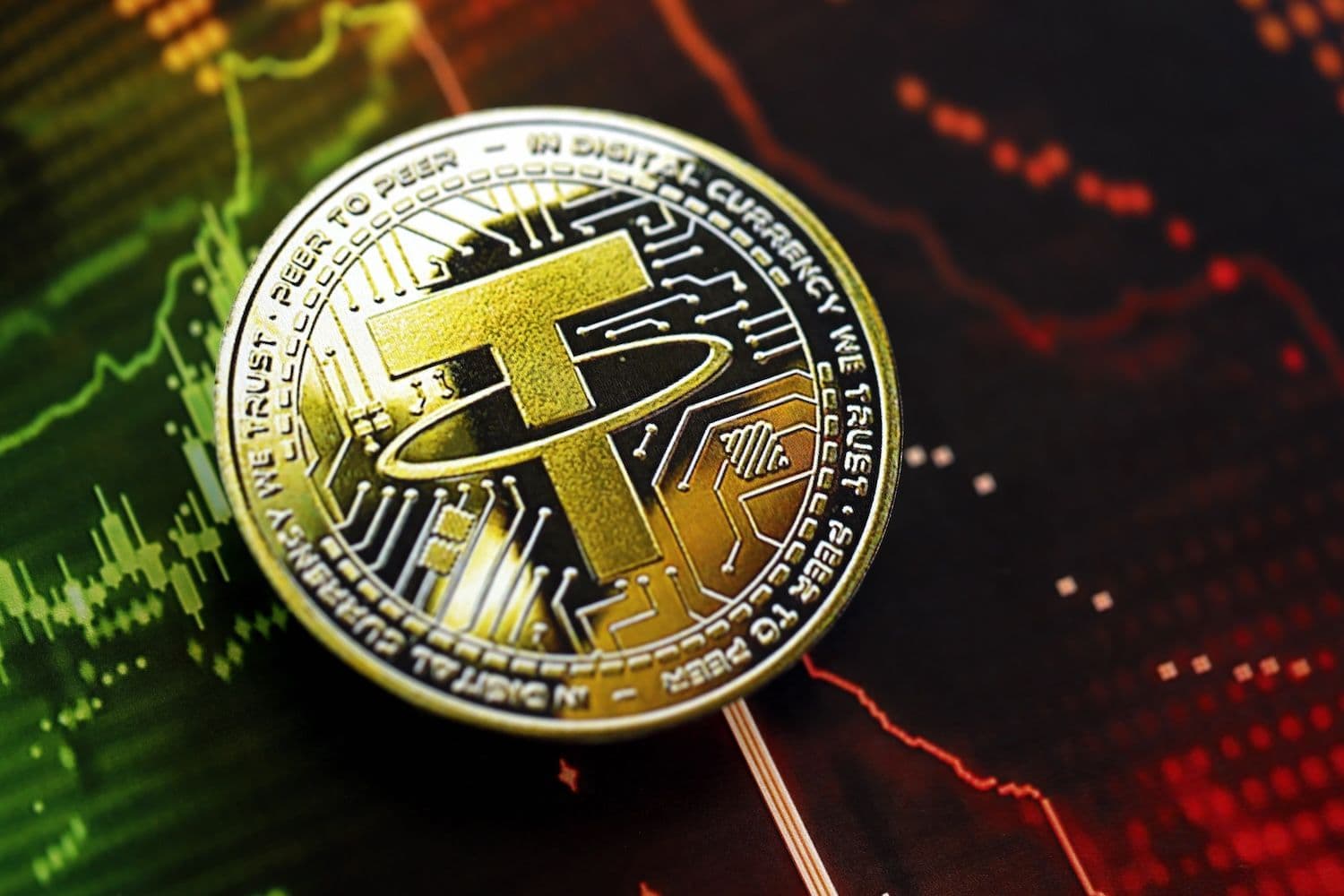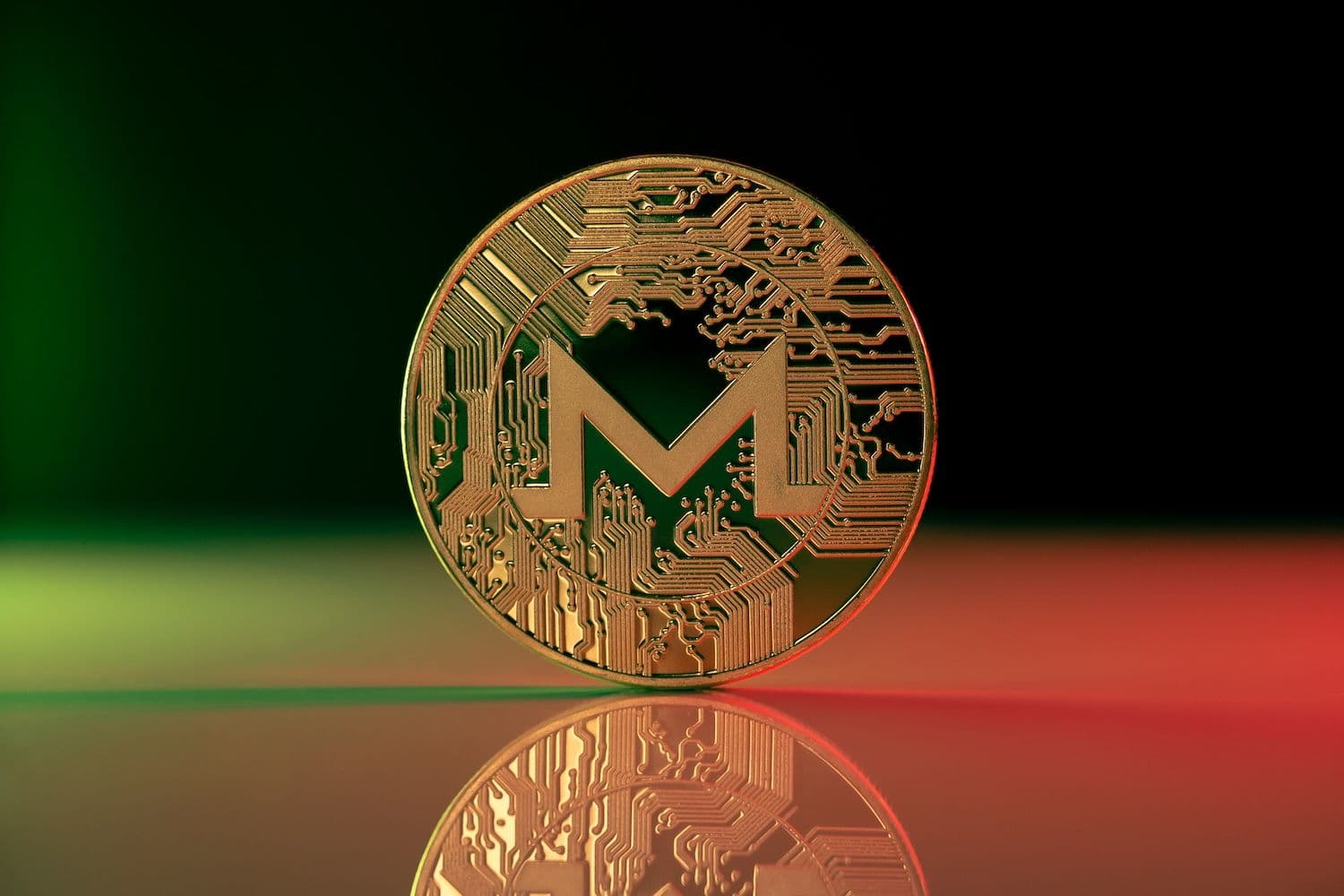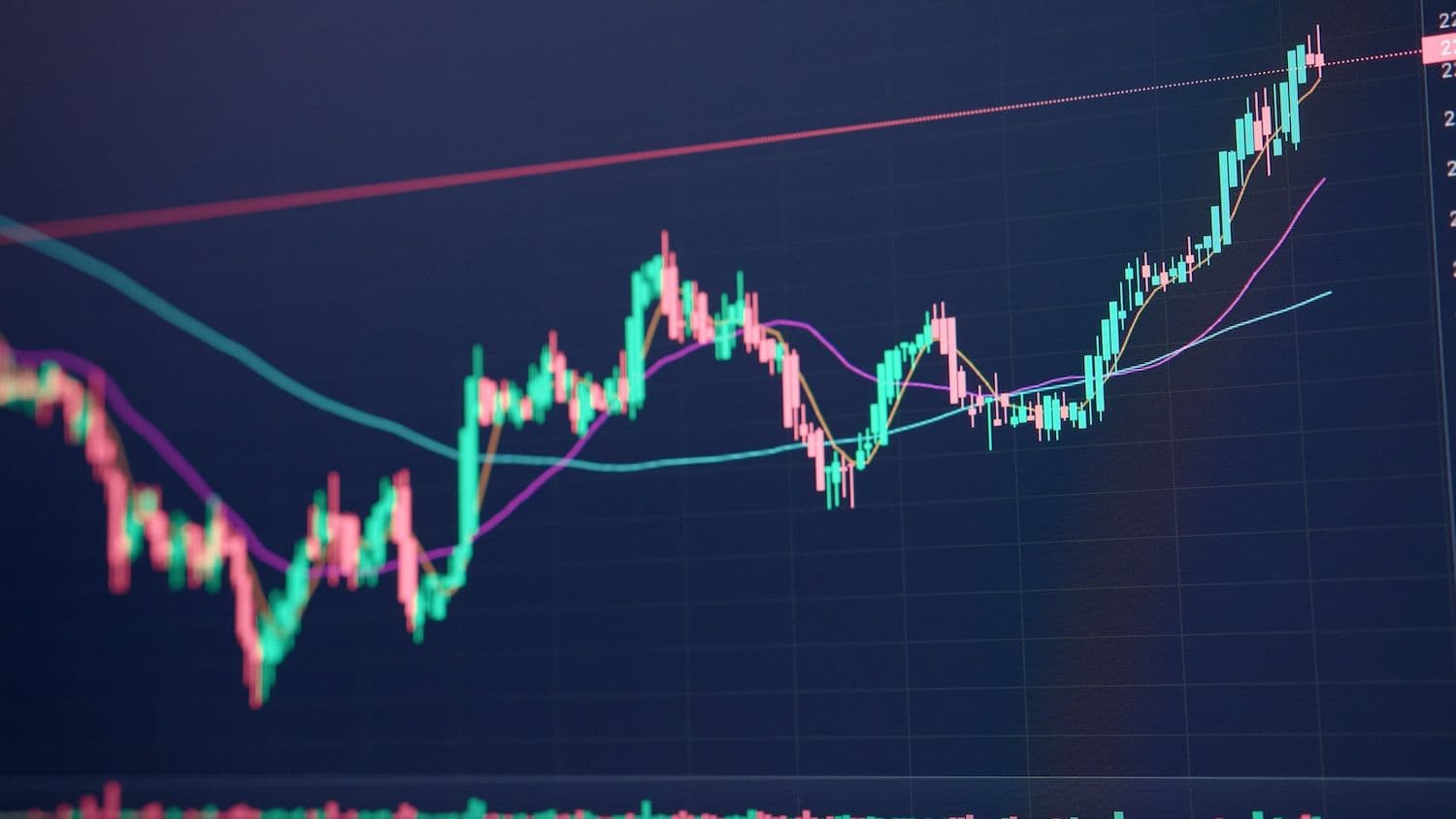$1 Million
GOAL
REACHEDPUBLIC
SALE
SOLD OUT






Recent News on Cryptocurrency, Blockchain, and Finance | Yellow.com
Explore the latest Web3 and blockchain developments, cryptocurrencies news, market updates, technology, trading, mining, and trends.
NYSE Seeks Approval For Blockchain Platform With 24/7 Trading And Stablecoin Settlement
NYSE seeks SEC approval for blockchain platform enabling 24/7 tokenized stock trading with stablecoin settlement and instant delivery.
Kostiantyn TsentsuraJan 19, 2026

Louisiana Pension Fund Discloses $3.2M Strategy Stake Amid Bitcoin Treasury Debate
Louisiana's $16B pension fund discloses $3.2M Strategy stake amid growing institutional Bitcoin exposure and Ponzi scheme criticism.
Kostiantyn TsentsuraJan 19, 2026

Tether Partners With Licensed Laos Exchange For USDT Education Push
Tether partners with licensed Laos exchange Bitqik to educate 10,000 people on USDT despite country's crypto mining crackdown.
Kostiantyn TsentsuraJan 19, 2026

India's Central Bank Pushes BRICS Digital Currency Link At 2026 Summit Amid Dollar Tensions
India's central bank proposes linking BRICS digital currencies for cross-border payments, risking tensions with Trump's 100% tariff threats.
Kostiantyn TsentsuraJan 19, 2026

South Korea Busts $102M Crypto Laundering Ring Disguised As Medical Tourism
South Korea busts $102M crypto laundering ring disguised as medical tourism. Three Chinese nationals face prosecution.
Kostiantyn TsentsuraJan 19, 2026

Privacy Coins Monero, Dash, DUSK Surge As Bitcoin Falls And $1B Liquidated
Monero, Dash and DUSK surge as privacy coins defy $1B market selloff. ZachXBT links rally to $282M theft laundered through XMR.
Kostiantyn TsentsuraJan 19, 2026

Crypto Funds Record $2.17B Weekly Inflows Before Friday's $378M Reversal
Crypto funds saw $2.17B weekly inflows, largest since October, before Friday's $378M reversal on Fed and tariff fears.
Kostiantyn TsentsuraJan 19, 2026

Vitalik Buterin Calls For DAO Renaissance Using Zero-Knowledge Proofs And AI Assistance
Vitalik Buterin calls for DAO renaissance using ZK proofs and AI, criticizing token-voting as vulnerable to manipulation.
Kostiantyn TsentsuraJan 19, 2026

Trump Ties Greenland Threat To Nobel Snub In Letter Circulated To European Governments
A letter circulated to European governments shows President Trump linking Greenland control to frustration over not receiving the Nobel Peace Prize, raising fresh concerns over NATO stability and U.S. foreign policy.
Murtuza MerchantJan 19, 2026

Saylor Unfazed By Market Drop, Hints At More Bitcoin For Strategy
Strategy's Michael Saylor signals another potential Bitcoin buy despite market turmoil from new U.S. tariffs.
Alexey BondarevJan 19, 2026

